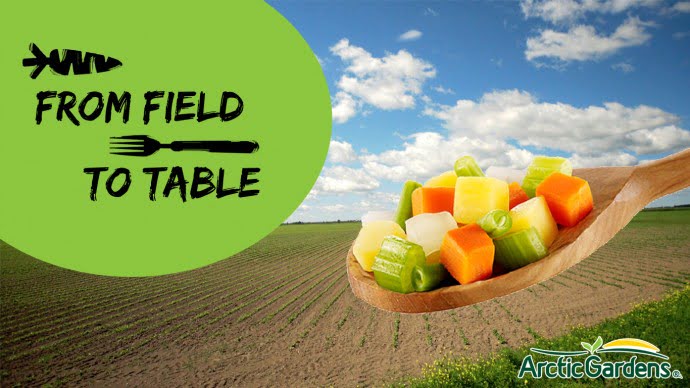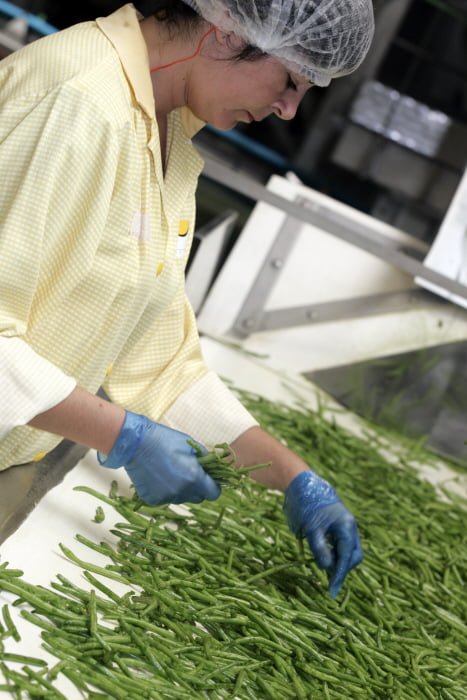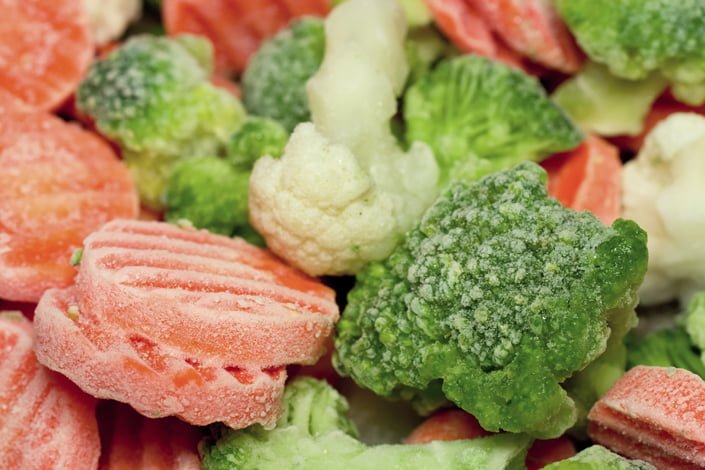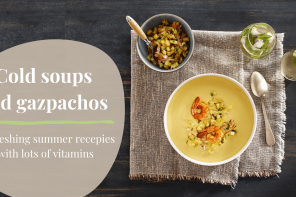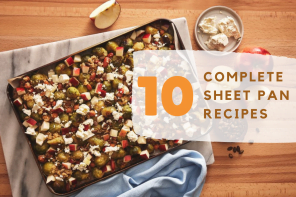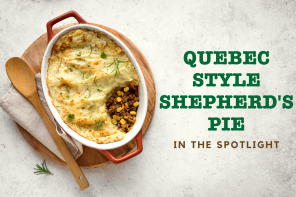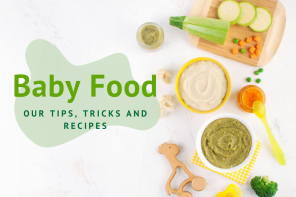You probably already know that Arctic Gardens vegetables are homegrown in Canada. They’re harvested, processed and packaged here, but do you know the path that your Arctic Gardens veggies take before they land in the freezer? Discover the 8 steps it takes to produce them – from farm to table!
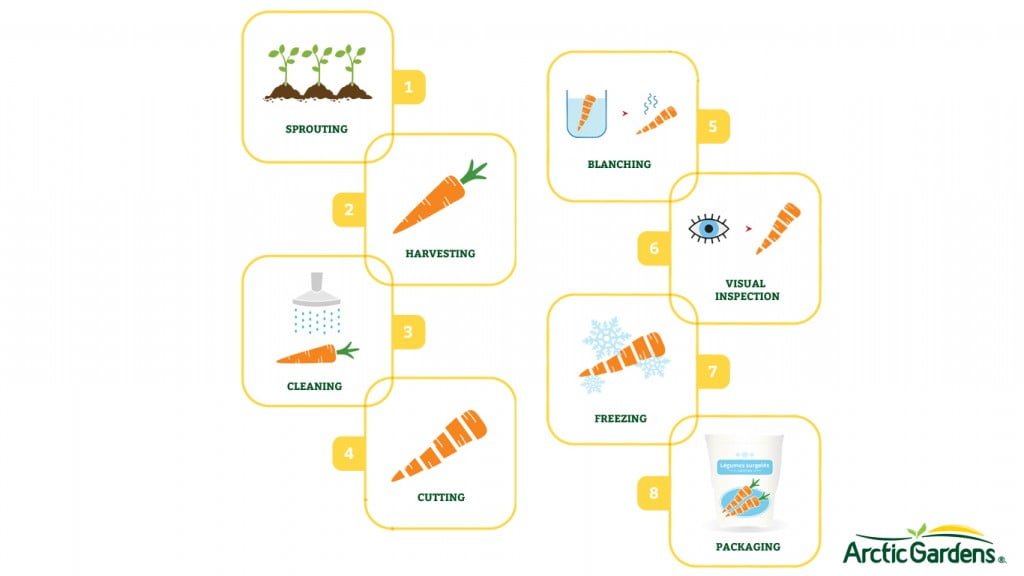
Agriculture
The adventure your Arctic Gardens veggies take starts in the fields which were chosen specifically for the richness of the earth that promotes their growth. Our growers across Canada collaborate with our agronomists who take care of sprouting and harvesting.
1. Sprouting
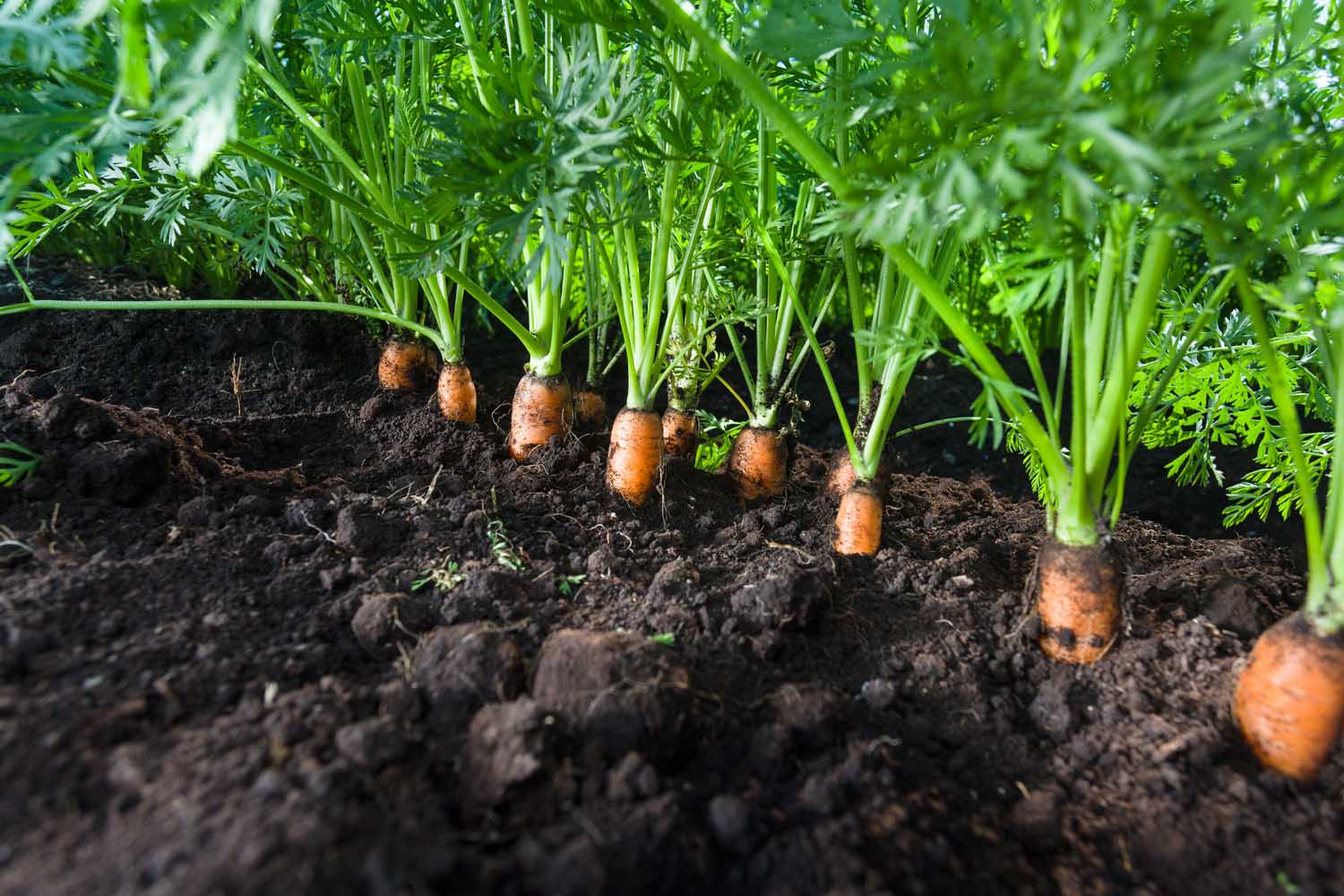
To get quality vegetables, you need good soil and good farmers. We’ve surrounded ourselves with the best growers to offer you la crème de la crème of products! Seeds are carefully chosen by our farmers who take care of them from sprouting till harvesting.
2. Harvesting
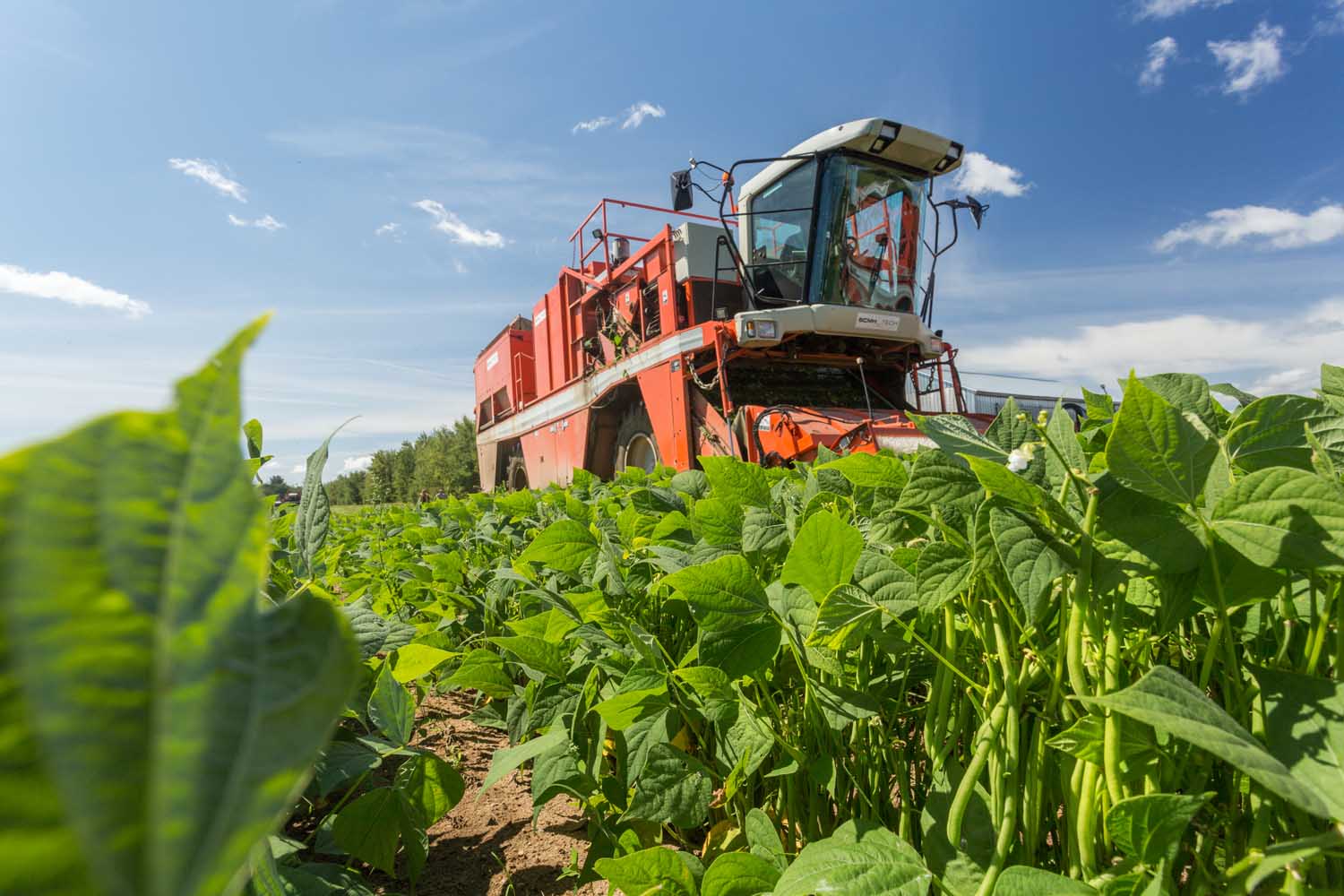
Veggies are harvested when they attain maturity. At this stage, they’re bursting with colour, flavour and nutrients! In the few hours following, they’re sent to the plants for processing.
Plants
To ensure that veggies stay fresh, it’s essential that processing plants be located near the farmland. As Bonduelle’s plants are near the soil where veggies are harvested, there are only a few hours between harvesting and freezing thus ensuring product freshness.
Curious to learn more about our plants? Discover our transformation site in Bedford, one of Bonduelle’s seven plants:
3. Cleaning
To remove as much earth as possible, vegetables are first subjected to precleaning. Once this step is accomplished, vegetables pass under an optical sorter that identifies and removes any undesirable substances. This way all unwanted plant matter is eliminated leaving only nice, clean veggies.
4. Cutting
Some vegetables need a particular cut. For example, beans must be trimmed, carrots are cut depending on size and shape, peppers are seeded and sliced, etc. Cutting and trimming are performed before sending the veggies to blanching.
5. Blanching
Blanching consists of steaming vegetables (to 93 °C), then quickly cooling them in ice water to preserve their natural enzymes. It’s kind of a precooking process that captures all of the vegetable’s nutrients, freshness, colour and taste before freezing.
6.Visual inspection
A detailed visual inspection of the product for quality assurance. This steps detects unwanted substances that weren’t caught during cleaning and removing. When in doubt, operations are halted and the product in question is removed. This step is performed several times throughout the transformation process for maximum product quality.
7. Freezing
Right after blanching, vegetables are sent for freezing. Vegetables are frozen individually at a temperature between -30 °C and -35 °C. They are then put into containers and stored in an environment where the temperature reaches – 18 °C. Freezing is a 100% natural process as it doesn’t use any food additives or preservatives.
8. Packaging Before vegetables are packaged, they undergo a microbiological analysis to ensure their safety. Then, veggies are assembled to make our mixes which then undergo visual inspection. After, they’re packaged and weighed to ensure they contain the proper amount.
Before vegetables are packaged, they undergo a microbiological analysis to ensure their safety. Then, veggies are assembled to make our mixes which then undergo visual inspection. After, they’re packaged and weighed to ensure they contain the proper amount.
Finally, the bags go through a metal detector before being put in boxes for delivery. Vegetables are then distributed to retailers where they’ll make it into your grocery cart and finally your freezer ready to be cooked!
During the packaging process, vegetables are kept at a constant -18 °C because it’s important not to break the cold chain for the product to remain frozen.
Processing and transforming vegetables here in Canada means that Arctic Gardens contributes to maintaining a healthy economy and preserving the environment. As well, freezing lets us enjoy local vegetables in winter and spring!
Arctic Gardens offers products created to inspire you. There are mixes for stir-fries and others for soup, sauces, slow cooking and the like. As well, you’ll find a recipe suggestion on every product, not to mention all the recipes on our Arctic Gardens website. Now that you know the whole production process for our frozen vegetables, let us know your favourite ways to cook them!

